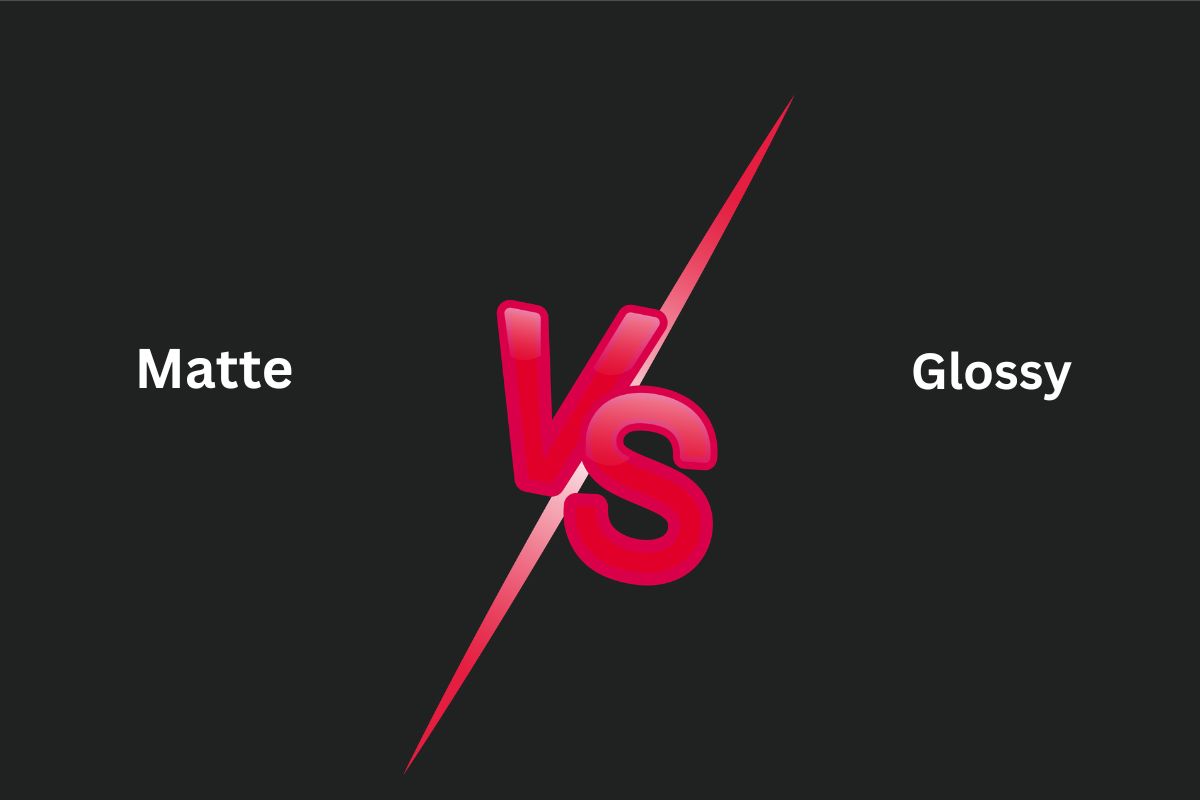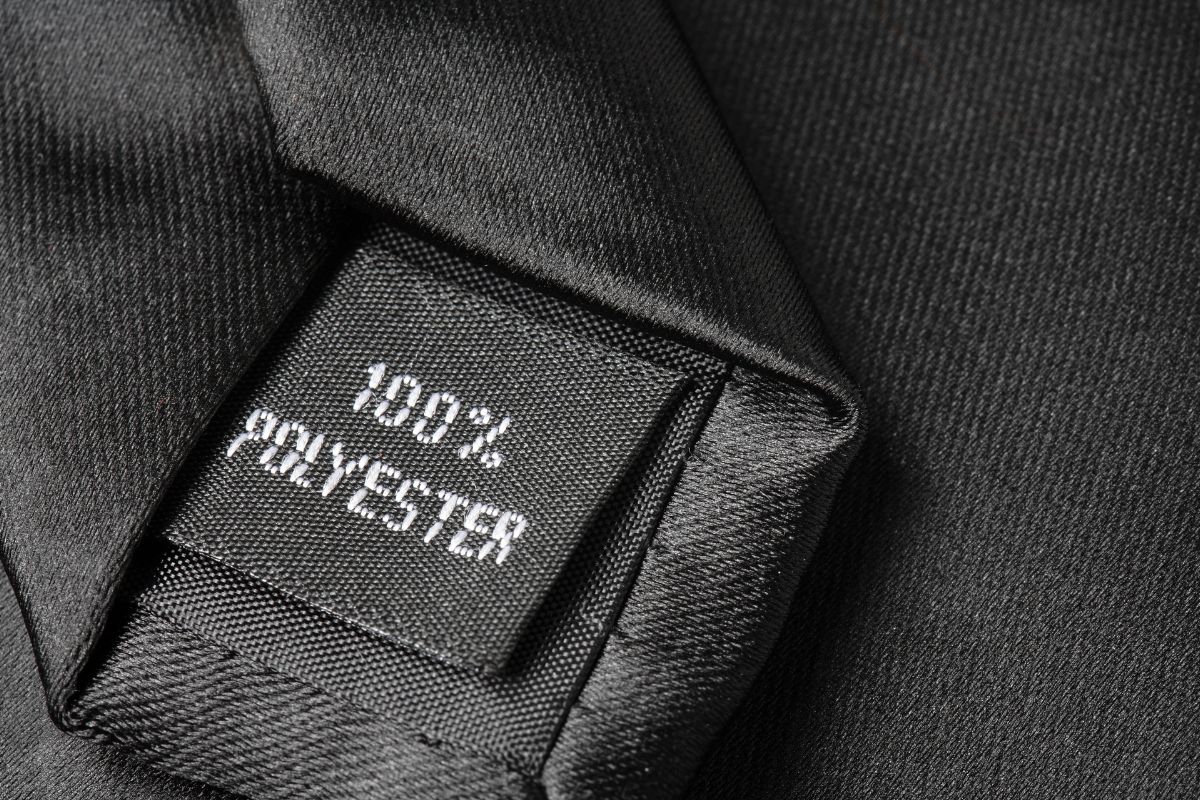When deciding how to print your photographs, you often face the choice between matte and glossy finishes. This selection can greatly affect the visual impact of your images. A glossy finish is known for its vibrant colors and shiny surface which reflects light. This tends to make colors appear more dynamic and rich, offering a crispness and clarity to your photos that is appreciated in certain types of photography where color saturation and detail are paramount.
On the other hand, matte photos absorb more light, resulting in less glare. This finish can be advantageous when displaying images under strong lighting or when a more subdued, softer effect is desired. Matte finishes can also hide certain imperfections such as fingerprints or dust, which may be more visible on glossy photos. Your preference may vary based on the context in which the photo will be viewed and the mood you wish to convey through your image.
The age-old debate between matte and glossy photos continues among photographers and viewers alike, but the choice ultimately hinges upon personal preference and the intended application of the photograph. Whether you choose matte or glossy depends on the effect you want to achieve and the environment in which the photo will be displayed.
Understanding Matte and Glossy Finishes
When choosing between matte and glossy photo finishes, you’re opting for distinct visual and tactile experiences. Here’s what you need to understand about each type:
- Matte Finishes:
- Texture: Matte photos have a flat and non-reflective surface.
- Shine: They do not exhibit shine, which minimizes glare.
- Appearance: The colors can appear more subdued, lending a sophisticated feel.
- Handling: More resistant to fingerprints and smudges compared to glossy prints.
- Glossy Finishes:
- Texture: Glossy photos have a smooth texture that feels slick to the touch.
- Shine: High shine and reflective, which can enhance color saturation and contrast.
- Appearance: Colors often appear more vibrant and eye-catching.
- Handling: Prone to fingerprints and can attract dust more easily.
| Finish Type | Texture | Shine | Appearance | Handling |
| Matte | Non-reflective | No glare | Subdued, elegant | Resists fingerprints/smudges |
| Glossy | Smooth, slick | High shine | Vibrant, sharp | Attracts fingerprints/dust |
Your choice between matte and glossy can also be influenced by where you plan to display your photos. For instance, if your display area is well-lit with lots of potential for glare, you might prefer matte finishes. Conversely, if you want the colors to ‘pop’ and catch the viewer’s eye, the shine and texture of glossy prints might be your preference. Keep in mind the finish will not only affect the look of your photograph but also the feel and practical aspects, such as its resistance to certain marks or the ease of cleaning.
Pros and Cons of Matte Photos
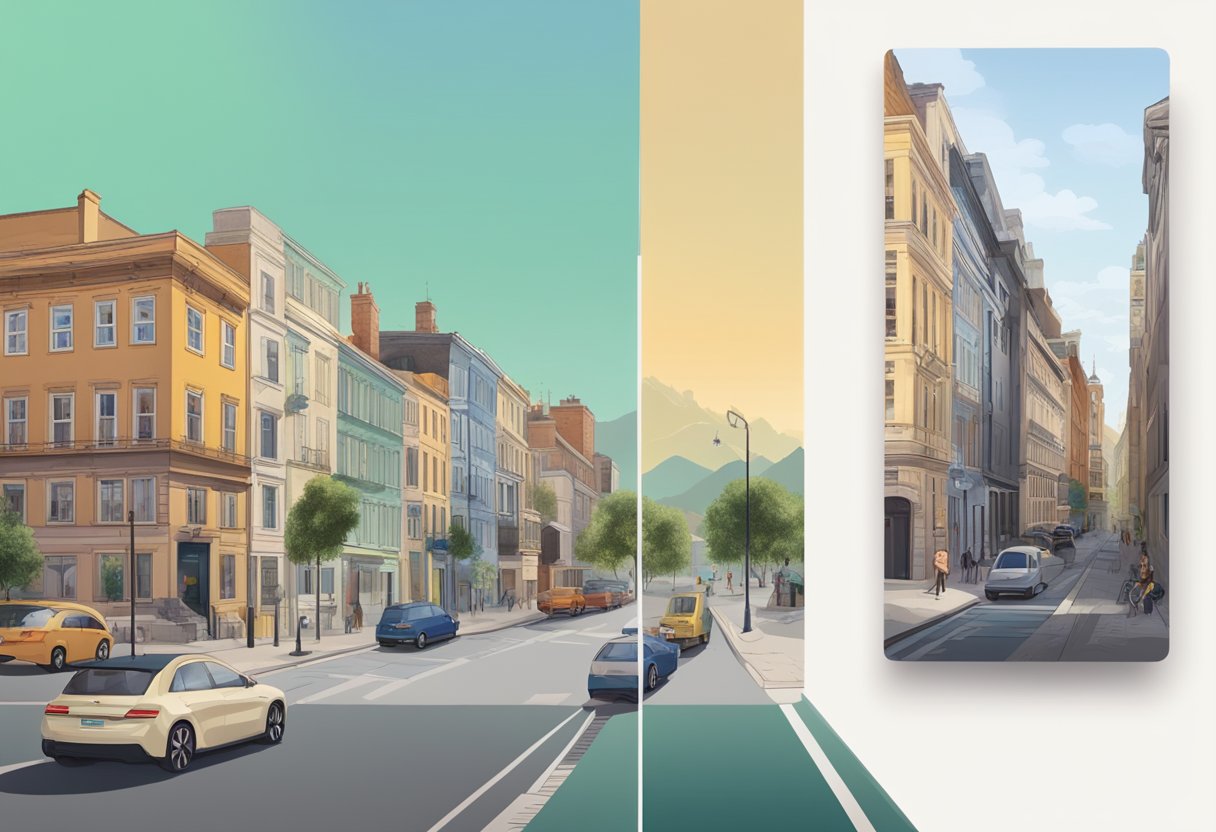
When choosing between matte and glossy photos, it’s important to consider how different finishes can dramatically affect the visual and tactile experience. Your decision can impact durability, color quality, and suitability for various display environments.
Visual Appeal and Aesthetic
Matte photos offer an elegance and modern feel with their lack of sheen, providing a soft and sophisticated finish. Their non-reflective surface contributes to a subdued look that complements black and white or sepia tones, enhancing the perception of depth and texture.
Handling and Durability
The tactile advantage of matte photos lies in their ability to resist fingerprints and scratches. This makes them more durable and resistant in the long term, as the surface provides better protection, reducing the need for frequent handling and cleaning.
Lighting and Visibility
Lighting plays a pivotal role in photo visibility—matte finishes excel in this aspect by minimizing glare and reflections. This makes them ideal for rooms with variable lighting conditions. However, matte photos may not appear as vibrant under dim light due to their lower reflectivity.
Color Representation and Contrast
Matte photos are known for providing a natural color palette and excellent contrast, which is perfect for accentuating colors and contrast in portraits and landscapes. But compared to glossy photos, they may lack a certain level of saturation and sharpness that gives images a “pop.”
Ideal Use Scenarios
Your decision should factor in the display setting. Matte photos are best suited for framing behind glass to avoid glare, in contrast to glossy prints that thrive in vibrant light. They’re excellent for wedding photos and photo albums where a softer visual appeal is desired.
Longevity and Preservation
Considering longevity and preservation, matte photos might require more careful long-term storage, as their surface can be susceptible to imperfections from moisture or debris. Nevertheless, their resistance to fingerprints and scratches contributes positively to their long-term stability.
Pros and Cons of Glossy Photos
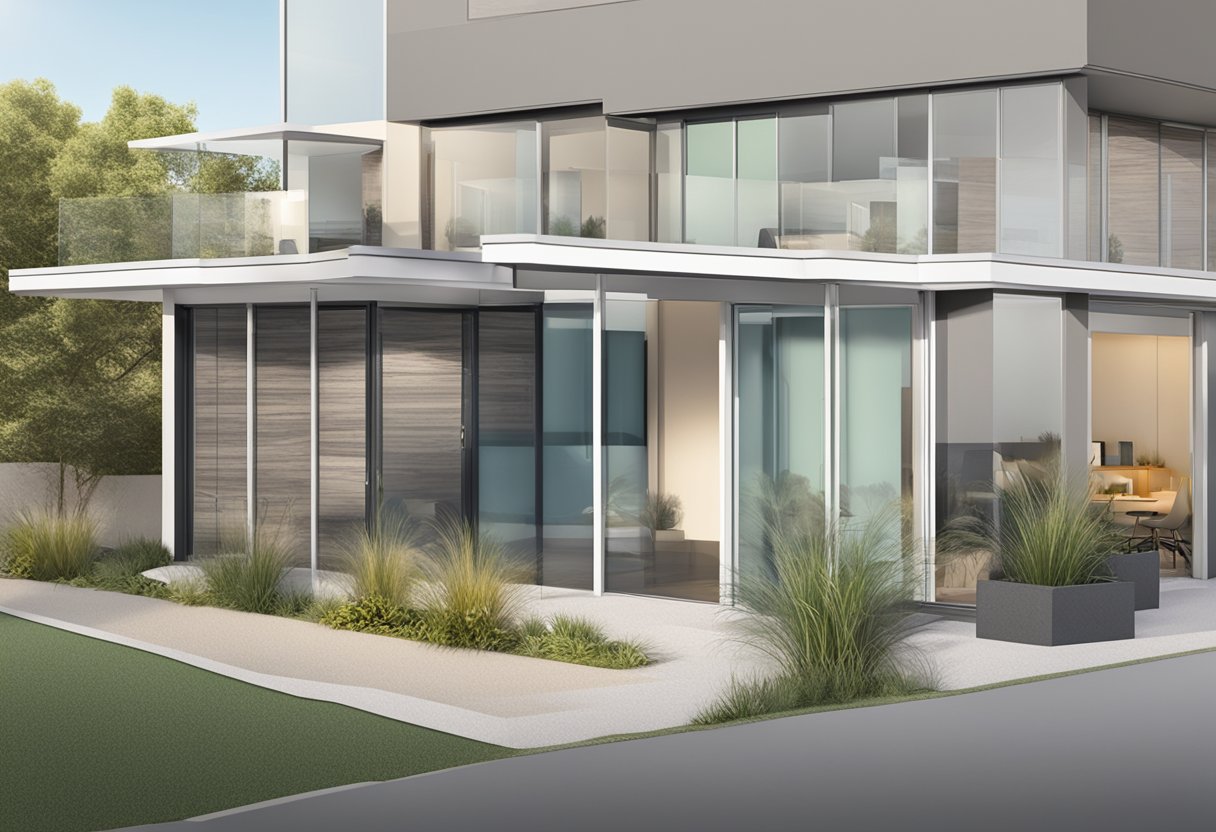
In considering glossy photos, you’ll want to examine how their vibrant finish impacts both their appearance and practicality.
Color Intensity and Detail
Glossy photo finishes are known for providing high-definition photos with vibrant colors. This finish tends to bring out the intensity and clarity in your color photos, making them appear more vivid and detailed.
Reflection and Glare Considerations
While glossy photos can enhance the vibrance of images, they can also suffer from reflection issues. In bright light or under certain angles, glare can obscure the photo’s details and make viewing difficult, particularly in spaces with lots of natural light.
Scratch Resistance and Care
Glossy photos are less resistant to scratches and can easily show imperfections, necessitating careful handling and protection. They often require more maintenance to keep them looking pristine compared to their matte counterparts.
Versatility and Popularity
These photos have a long-standing popularity among professional photographers for their sharpness and depth. Their high-gloss finish offers a level of sophistication and depth that many find appealing for photo printing, but their reflective quality can be limiting.
Paper Finish Options
Your options range from glossy paper to semi-gloss and high-gloss finishes. Each provides a different level of sheen and color intensity, tailored to personal preferences and intended use. Photo printing services often have a range of paper finishes to choose from, to best suit the desired outcome of your prints.
Technical Aspects of Printing

When you consider printing photographs, the technical specifics like paper type, ink interaction with the paper, and the effects of printing conditions are essential to producing high-quality images.
Photo Paper Types
Photographic prints can have diverse appearances and textures depending on whether you choose matte paper or glossy paper. Matte paper is characterized by a non-reflective surface which is excellent for reducing glare and fingerprints. This makes matte ideal for viewing under various lighting conditions and preserving black and white prints with a soft, classic look. On the other hand, glossy paper features a shiny, reflective finish that typically yields vibrant colors and high contrast levels, suitable for sharpness and high-definition images. Additionally, you might encounter textured surfaces, which can add a creative touch to your prints.
Ink Absorption and Print Quality
The interaction of ink with your chosen paper significantly affects print quality. Matte prints tend to absorb more ink, providing a flatter appearance to colors and contrast, which can enhance the perception of detail in certain types of art or photography. In contrast, glossy paper has a smooth surface, which can produce more vivid colors and higher contrast levels. The type of ink used is crucial, as dye-based inks offer vibrant colors but less print longevity than pigment-based inks, which are recognized for their archival quality.
Impact of Printing Conditions
The conditions under which you print can dramatically change the outcome. Humidity levels can influence ink drying time, paper performance, and eventually the sharpness of your print. The lighting conditions where the photo will be displayed are also important; glossy papers often perform best under controlled lighting due to their tendency to reflect light, whereas matte papers can be more versatile in varied lighting scenarios. Constant monitoring and adjusting of these elements are key to ensuring that the finalized prints meet your quality expectations and the intended aesthetic of the photograph.
Remember, your choice in paper and printing conditions should align with the vision you have for your final print, whether it be a textured matte finish for a gallery display or a glossy high-contrast photo to pop in specialized lighting.
Deciding Between Matte and Glossy
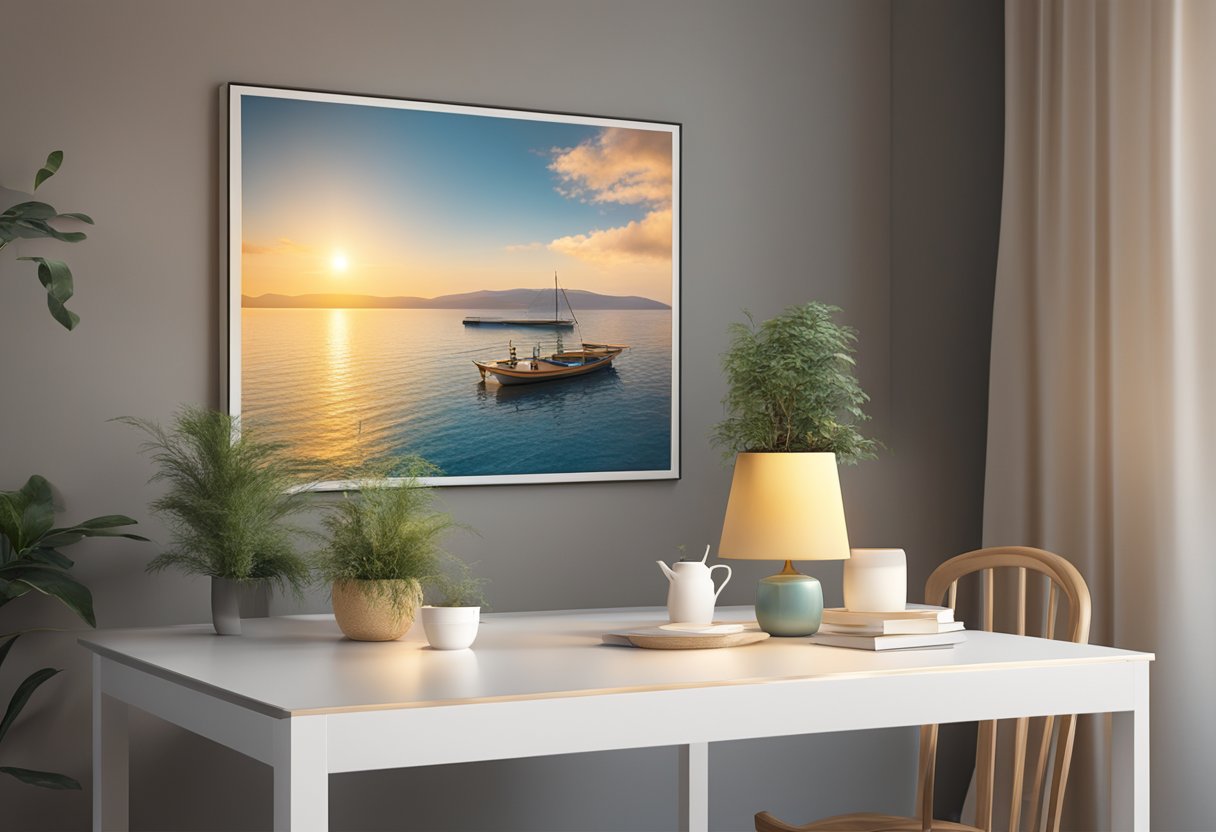
When choosing between matte and glossy photos, consider not only the visual appeal but also practical aspects such as where and how the photo will be displayed.
Personal Preference and Usage
Your personal taste plays a significant role in this decision. If you prefer a more subtle, non-reflective finish, matte photos may suit you, especially for pages of a scrapbook. For a vibrant look with more vivid colors, glossy photos can make your images pop, which is ideal for portraits or landscapes.
Commercial and Artistic Considerations
Professional photographers often have specific needs based on the project. Matte photos are less prone to glare and fingerprints and are thus suitable for exhibits where photos are displayed under varying lighting. Conversely, glossy photos capture the essence of the subject with a shiny finish, making them stand out in a well-lit room.
Budget and Cost Effectiveness
While the price difference between glossy and matte may not be substantial, it can add up. Typically, glossy photos are slightly more expensive due to their attractive finish. However, many photo printing services offer competitive pricing on both, so it’s worth shopping around if you’re working within a budget.
Photo Display Settings
The environment where you showcase your photos can heavily influence your choice between matte and glossy. For a brightly lit area with lots of potential for shadows and glare, a matte finish can reduce distraction. In a dimmer space or when using frames with protective glass, the reflective quality of glossy photos is less of an issue.
Caring for Matte and Glossy Prints
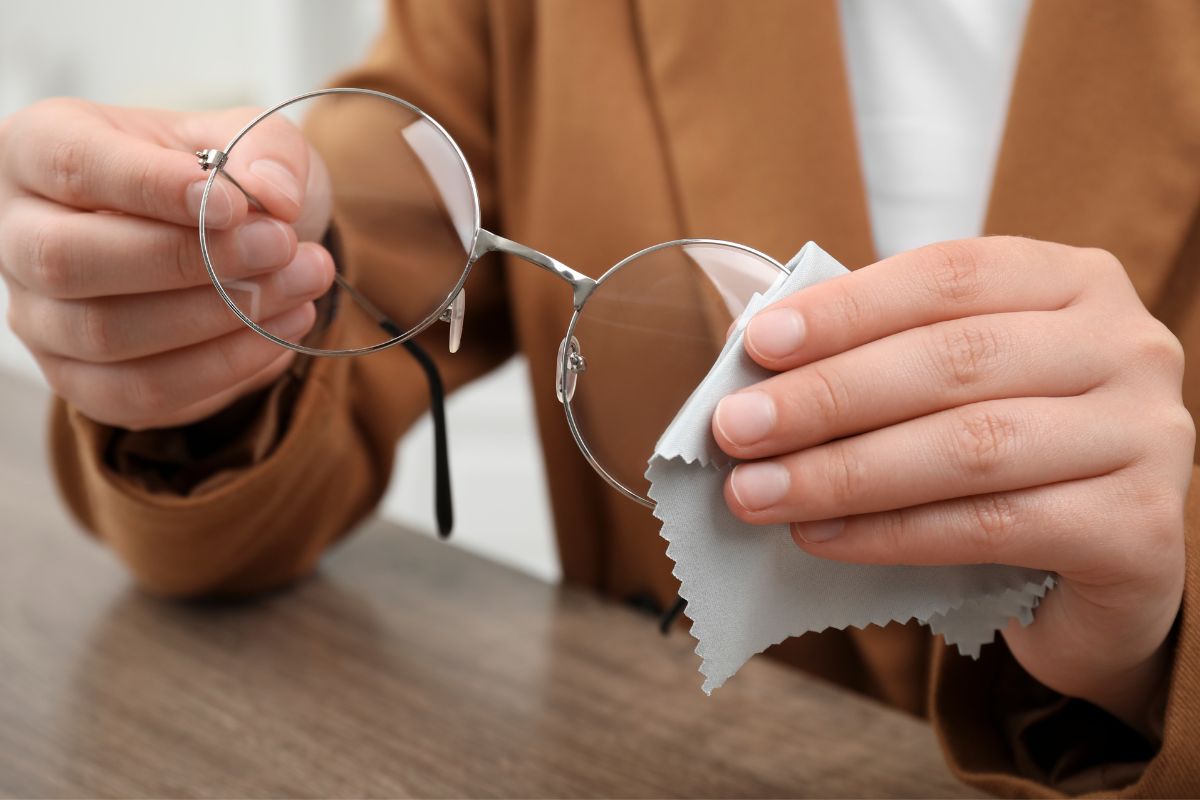
When you handle matte and glossy photo prints, different care methods can enhance their durability and longevity.
For glossy prints:
- Keep them away from direct sunlight to prevent fading.
- Use a soft, lint-free cloth for dusting.
- Store them in a place with low humidity to prevent sticking and degradation.
For matte prints:
- They are less prone to fingerprints and therefore require less frequent cleaning.
- However, they can still attract dust and should be kept in protective sleeves.
When placing photos in a scrapbook:
- Ensure the album materials are acid-free to keep your photos from aging prematurely.
- Use corners or acid-free adhesive to mount your photos without damaging them.
To offer extra protection for both types of prints:
- Consider framing them behind UV-protective glass.
- Maintain a stable environment, free from temperature fluctuations and high humidity levels.
Remember, proper care ensures that your precious memories will stand the test of time, retaining their beauty for years to come. Always handle prints with care, and if you’re unsure about the best practices for specific photo materials, consult a professional for advice.
Summary and Recommendations
When selecting between matte and glossy photo finishes, your choice should reflect your aesthetic preferences and practical needs.
- Matte Finish: Offers a non-reflective surface which is beneficial when displaying photos under bright lights or in well-lit rooms to prevent glare. Matte allows for viewing from various angles without the distraction of reflection. This finish can make the colors in your photo appear softer and more natural.
- Glossy Finish: Known for its vibrant, high-contrast look that brings out the colors in your photo. The glossy finish offers a shiny surface which can enhance the sharpness and saturation of images. However, this can also lead to glare when the photo is displayed in bright conditions.
Pros and Cons:
| Matte Finish | Glossy Finish | |
| Pros | Reduces glare and fingerprints | Enhances sharpness and saturation |
| Softer, more organic look | High contrast makes photos pop | |
| Cons | Can mute certain colors | Susceptible to glare and fingerprints |
Your personal preference should play a significant role in your choice. Consider the intended use of the photo. If you’re displaying it in a frequently lit environment or a location where viewers can get up close without leaving smudges, matte might be more favorable. For photos where you desire to capture attention with vivid colors and high contrast, and where handling is minimal, glossy may be the preferred option.
In choosing between matte and glossy photos, balance your personal taste with where and how the photo will be used. Each finish offers distinct qualities that work best in specific situations. Select the one that aligns with your functional and visual requirements to make your photographs look their best.
Conclusion
When choosing between matte and glossy finishes for your photographs, consider your specific needs and preferences. Matte photos offer a non-reflective finish, making them an excellent choice for images that will be displayed under direct light. This finish minimizes glare, allowing for clear viewing from any angle.
In contrast, glossy photos are known for their vibrant colors and crisp detail. They tend to highlight the color contrast and sharpness in your images, ideal for pictures with rich hues and deep blacks.
Here are key points to guide your decision:
- Matte:
- Reduced glare; better for bright environments.
- Subtle, soft appearance; less prone to fingerprints.
- Often preferred for black-and-white pictures.
- Glossy:
- Highly reflective; best for controlled lighting situations.
- Enhanced sharpness and color contrast.
- More susceptible to fingerprints and dust.
Your choice should also factor in the intended use, whether it’s for a professional display, a personal photo album, or framing in your home. Remember, the finish can influence the photo’s impression and your overall satisfaction with the print.
Frequently Asked Questions
When choosing between matte and glossy photos, several factors such as display location, lighting, and handling should inform your decision. Here are some common questions that may guide you.
What are the benefits of using matte photos for wall displays?
Matte photos offer a non-reflective surface which is highly beneficial for wall displays in brightly lit spaces. This finish minimizes glare, ensuring your images can be viewed from any angle without distracting reflections.
How does album presentation differ between matte and glossy photo finishes?
Albums with matte photo finishes typically provide a more subdued and classic look. In contrast, glossy finishes give a vibrant and sharp appearance. This can affect the mood and storytelling of your album presentation, as glossy photos tend to draw more attention to fine details and colors.
What considerations should be taken into account when framing glossy photos?
When framing glossy photos, consider the potential for glare, especially if the intended display area is subject to direct lighting. Choosing glass with anti-reflective properties can help mitigate this issue. The inclusion of a matte border can also reduce reflections and focus attention on the image.
How does the look of a matte photo print compare to glossy?
Comparing matte photo prints to glossy ones, matte prints have a duller, softer appearance. They can conceal fingerprints and smudges better than glossy prints and won’t stick to the glass of frames. Glossy prints, however, have high contrast with deeper blacks and more vivid colors.
Are there particular advantages to using matte finish for scrapbooking?
Matte finish is often preferred for scrapbooking because it’s easier to write on compared to glossy paper, and it reduces glare, allowing for better readability and viewing of the content in various lighting conditions.
Does the glossy finish impact the longevity of photos in high-handling situations?
Glossy finishes may be more prone to damage in high-handling situations due to their tendency to show fingerprints, smudges, and scratches more easily. However, if photos are properly protected, for instance in an album, a glossy finish can preserve color depth and detail over time.

